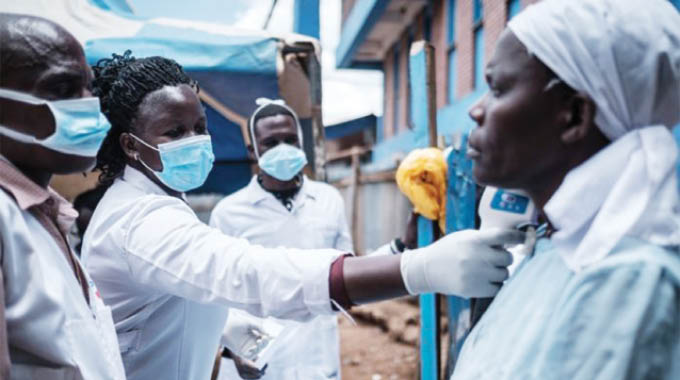Fewer cases of Covid-19 recorded in Africa

The novel coronavirus disease (Covid-19) outbreak, recently declared a pandemic by the World Health Organisation (WHO), has taken the world by surprise.
The good news is that tremendous scientific and technological advances have permitted scientists to understand a lot about this virus in a short amount of time. Within just two months of the first case, the causative virus has been identified, its genetic makeup has been determined, and detection methods have been optimised. Scientists have also found that there is more than one strain circulating. Despite these rapid advances, there is still significant uncertainty.
Scientists don’t yet fully understand its transmission route, although person-to-person transmission, through inhalation of droplets in the air, is the most common mode. Another uncertainty is its low detection rate, especially with mild or asymptomatic cases. A third is how weather could affect transmission.
Currently, Africa has very few cases of Covid-19 compared with most other parts of the world. The highest number of cases has been reported in Egypt.
It remains unclear why this is so. But the trend has generated several kinds of reactions, such as doubts around the slow spread despite the weak health systems in most of the countries, and some attributing the low spread to a low level of urbanisation.
Other factors being cited include the fact that cases are more recent, giving countries more time to prepare, as well as a lack of testing capability.
There is also speculation that the virus has not spread because it cannot thrive in warmer regions, like much of sub-Saharan Africa.
The environment and respiratory virus transmission
Among the several environmental factors that influence the survival and spread of respiratory viral infections, air temperature plays a crucial role.
Cold weather makes the respiratory system sensitive to infections. This is why people tend to suffer from respiratory infections during cold winter months. In tropical climates, influenza and respiratory viruses are transmitted more during the cold rainy seasons.
Despite the uncertainties surrounding its spread, the SARS-CoV-2 virus may be following this pattern.
Other members of the coronavirus family have displayed a certain degree of sensitivity to weather patterns. For instance, cases of the Severe Acute Respiratory Syndrome (SARS) were 10 times higher in lower temperatures than higher ones. However, the effect of air temperature is also related to other factors, such as relative humidity as these viruses prefer low humidity.
Also, the Middle East Respiratory Syndrome (MERS) coronavirus was stable in air at low temperatures which could favour its spread. Despite this, the virus did not observe a seasonal trend but rather occurred sporadically. A look at the temperature data of the most affected countries outside China — South Korea, Italy, Iran and Spain — shows that the mean monthly temperatures between January and March of 2020 range between 6 and 12°C.
In sub-Saharan Africa, most countries that have recorded cases of Covid-19 — such as South Africa, Nigeria, Senegal, Togo, Cameroon and Benin — had mean monthly temperatures of 20 to 32°C in this same period. Meanwhile, Algeria and Egypt — North African countries that have seen cases — had monthly temperatures between 11 and 17 °C. — AFP










Comments